Supersaurus
Name Origin
Earth-Shaking Lizard (or Tremendous Lizard)
Family
Diplodocidae
Classification
Diapsida, Saurischia, Sauropodomorpha
Habitat (Discovery Location)
United States
Period
Approximately 150 million years ago (Late Jurassic)
Length
Approximately 33 to 35 meters
Weight
Approximately 40 to 50 tons
Diet
Herbivore (Plant-eater)
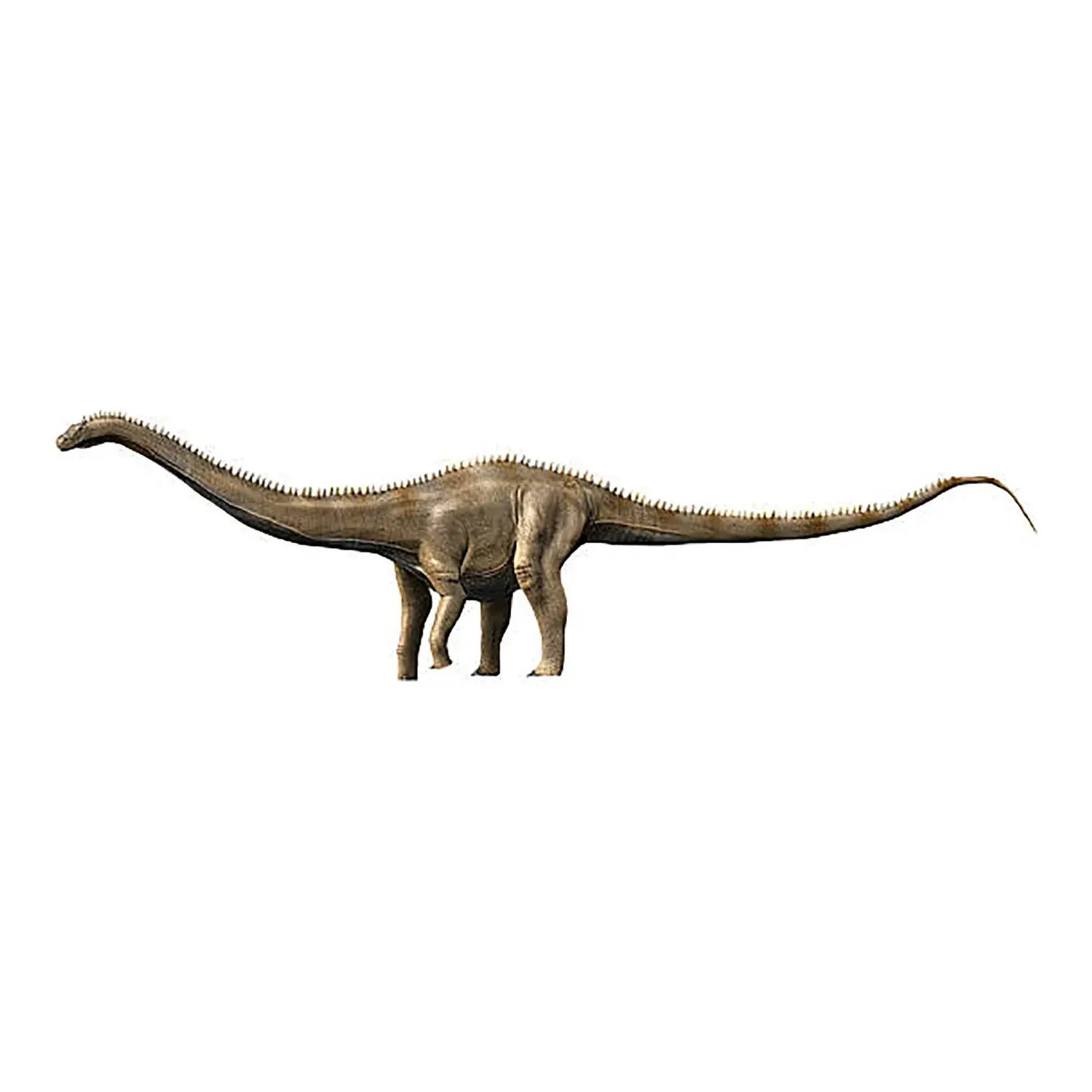
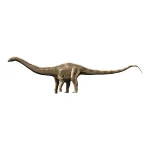
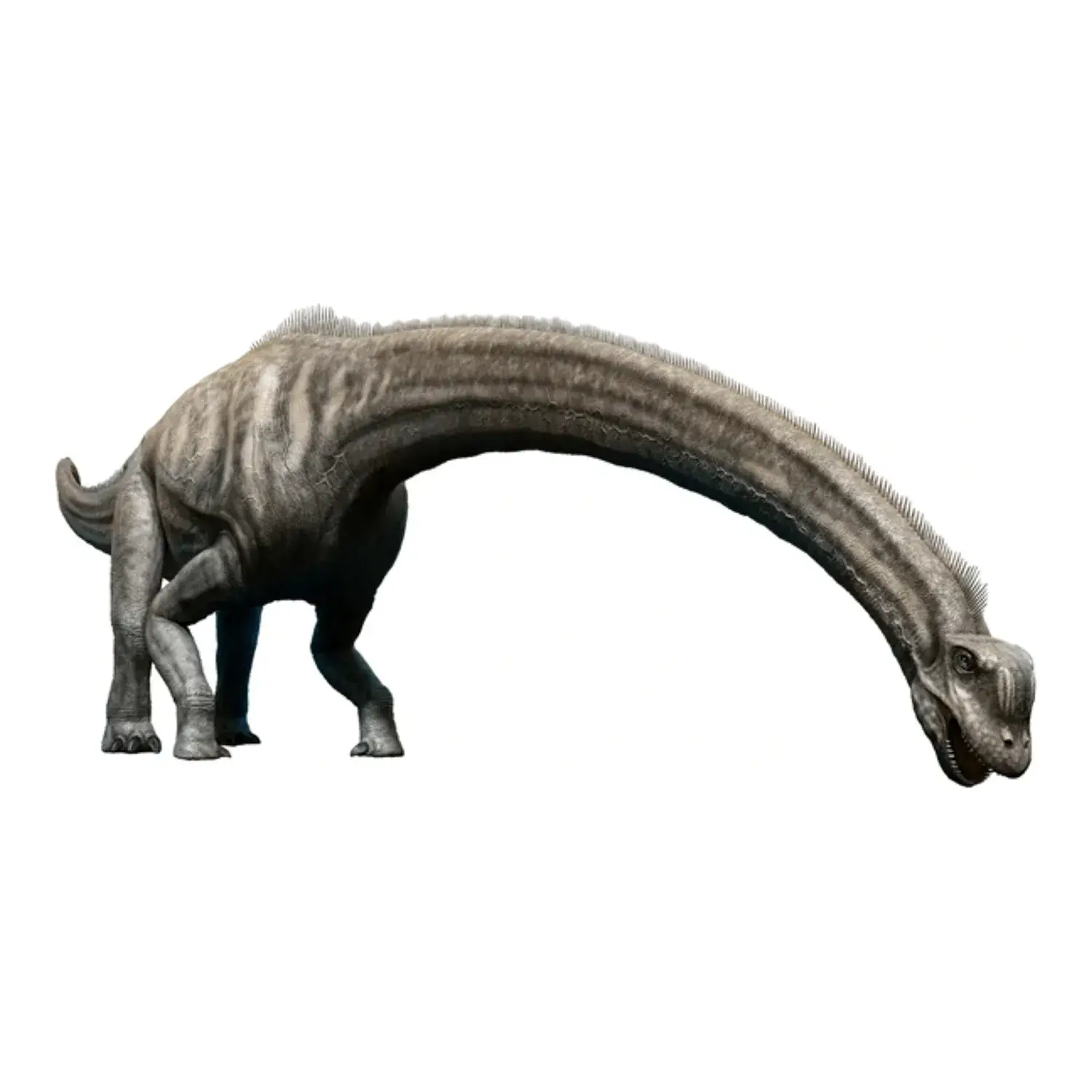


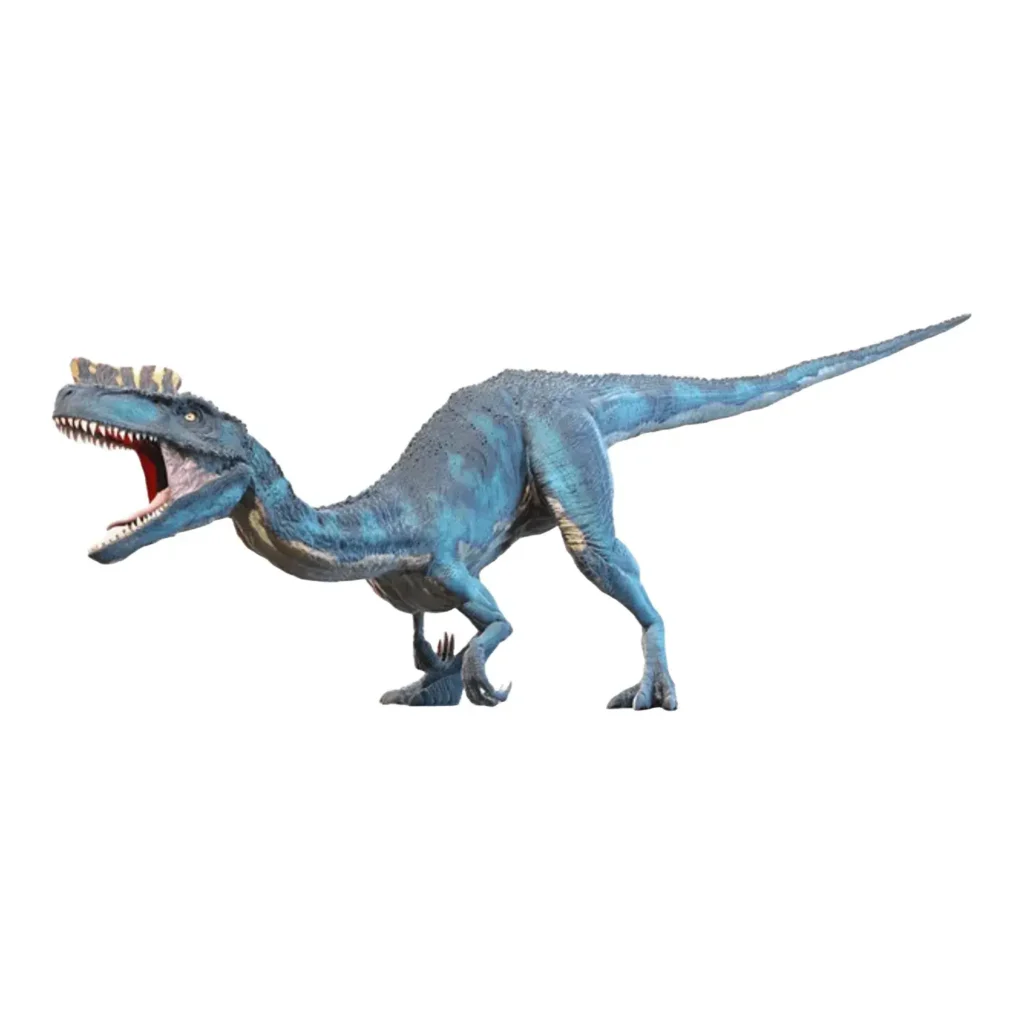
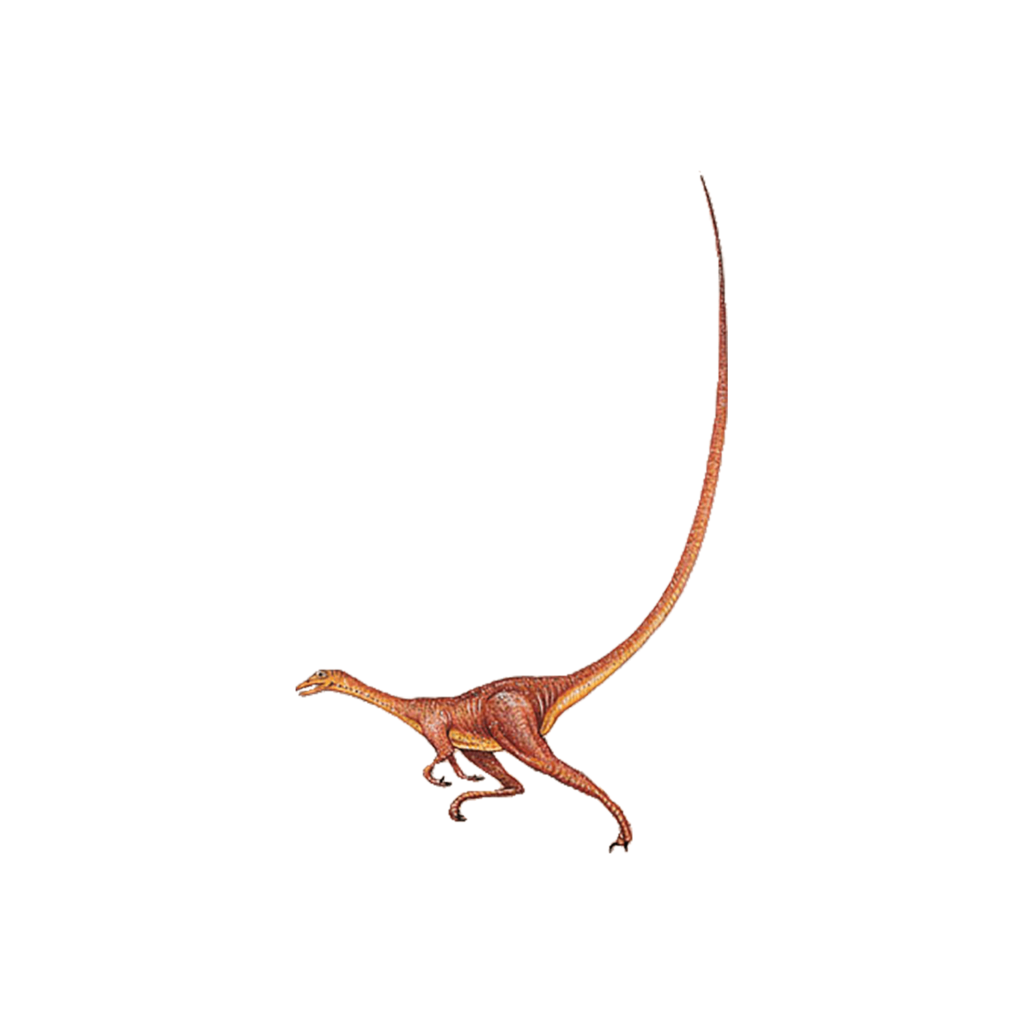













Description
Supersaurus was an extra-large sauropodomorph belonging to the Diplodocoidea superfamily that lived in North America (Colorado and Wyoming) during the Late Jurassic period (approximately 150 million years ago).
Its name is a mix of the English word “Super,” meaning “transcendent being,” and “Sauros,” meaning “lizard,” giving it the title of “tremendous lizard.”
Although the custom is to Hellenize the scientific name, which would suggest the pronunciation “Supersaurus,” the English-style pronunciation “Super-saurus” has become widely accepted.
Astonishing Size
Supersaurus reached a total length of approximately 33 to 35m and an estimated weight of 40 to 50 tons, making it one of the largest creatures to have ever existed on Earth.
A Shocking Discovery
The discovery of a gigantic shoulder blade, reaching about 2.4m (roughly the length of a Triceratops‘s head), in the Morrison Formation in Colorado in 1972, proved its colossal size and shocked scientists.
Fossil Authenticity
Although a complete skeleton has yet to be found, it has the most abundant fossil finds among giant dinosaurs exceeding 30m, and its size is considered highly reliable.
History as a Chimera
The dinosaur once called “Ultrasauros” was later found to be a chimera (a mix of fossils) containing bones from both Supersaurus and Brachiosaurus.
Unique Ecology and Body Structure
Supersaurus was initially thought to be a relative of Brachiosaurus, but recent research has revealed it was more closely related to the more slender Diplodocus.
Body Shape and Bone Secrets
It had a stout and robust body shape, with a relatively long neck compared to its overall length.
It is known that its bones had a sponge-like structure called pneumatic bone (air-filled bone) to lighten its weight.
A Super-Eater
It is estimated to have eaten up to 500 kg of plants per day.
This massive intake was necessary because the plants it ate had low nutritional value.
Some theories suggest its lifespan reached nearly 200 years.
Potential for Unknown Gigantic Size
Growth Potential
Some theories suggest that the fossils found so far belonged to a growing, sub-adult individual, and that the adult may have reached 50 to 60m in length.
Vast Habitat
A 2015 study proposed that Dinheirosaurus, which lived in Portugal, should be included in the Supersaurus genus, suggesting that its habitat may have been widespread.
Supersaurus, with its immense size and mysterious ecology, continues to inspire the romance of dinosaur research today.